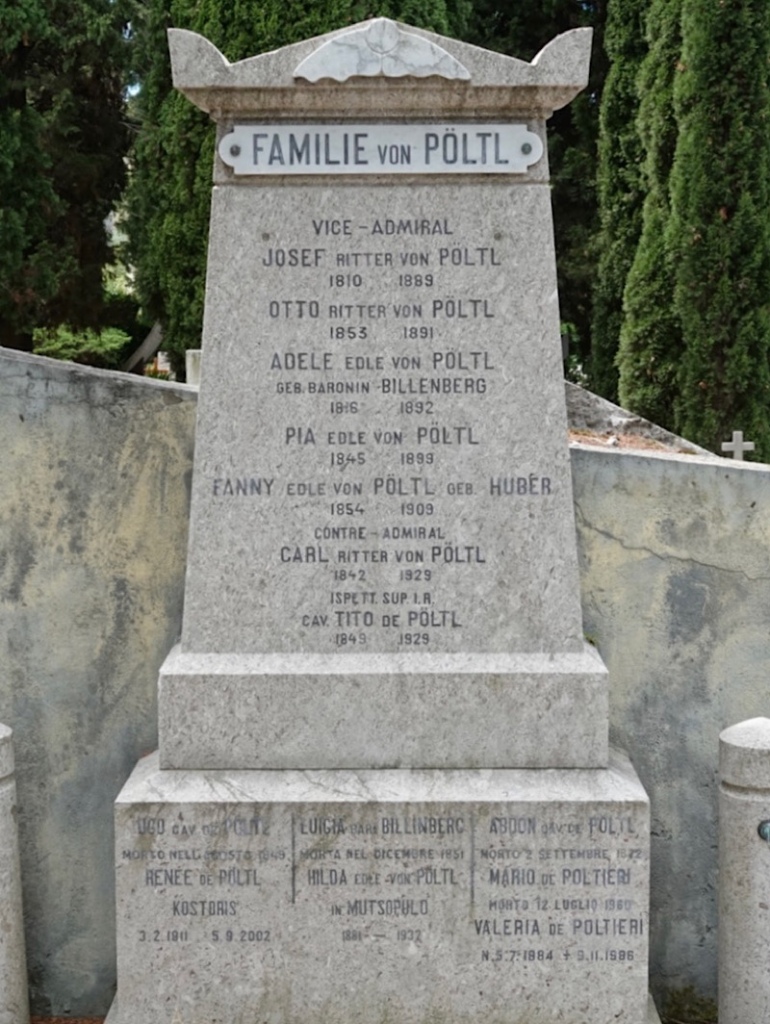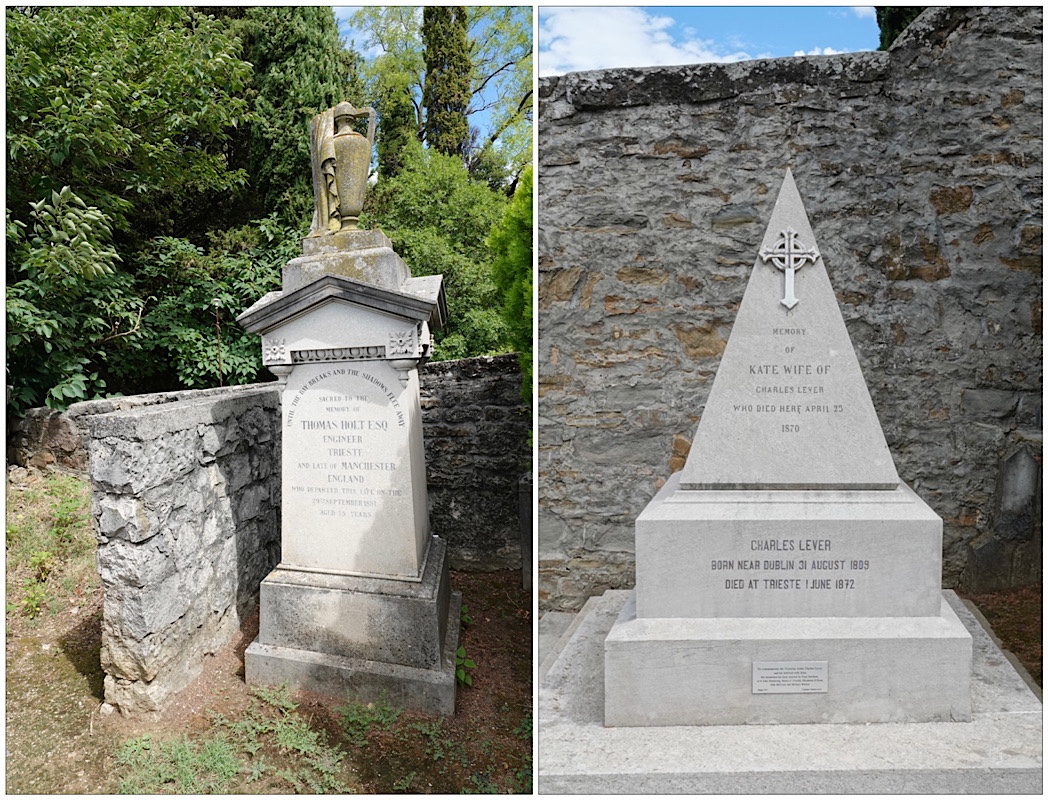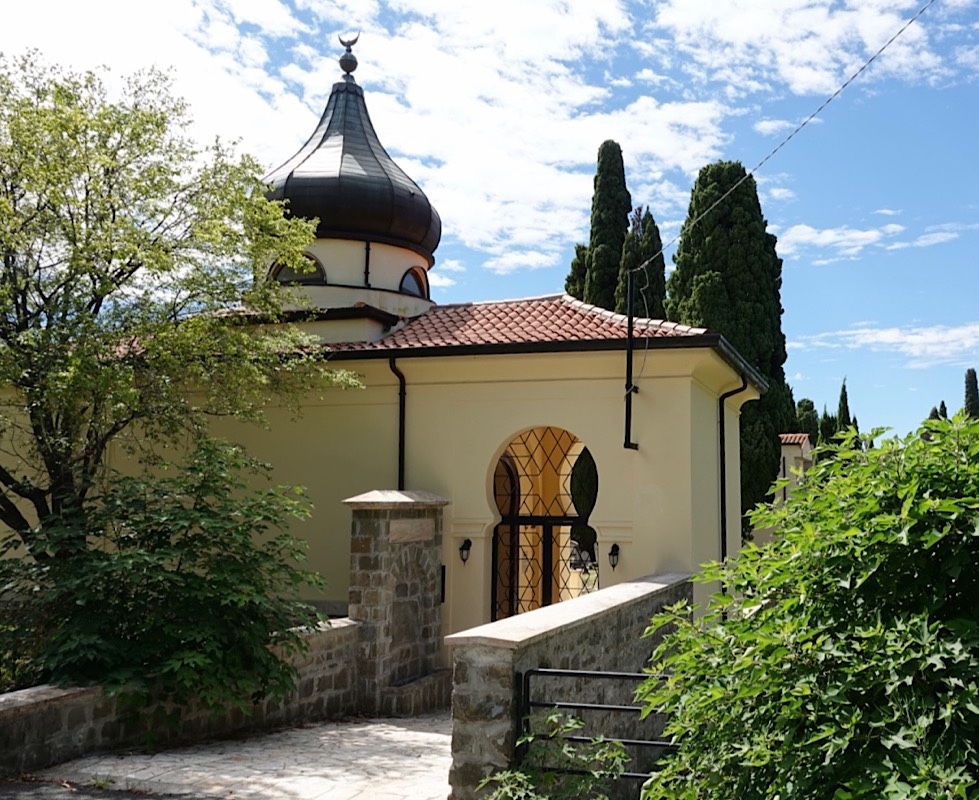Think of me, think of me fondly
When we’ve said goodbye.
Remember me, once in a while
Please, promise me you’ll try.
“Think of Me”, by Andrew Lloyd Webber, from The Phantom of the Opera
Our dead are never dead to us, until we have forgotten them.
- George Eliot
When there's no one left in the living world who remembers you, you disappear from this world. We call it the Final Death.
- Hector, in the 2017 movie COCO
I am fascinated by cemeteries where the monuments seem to tell a story, either of the person who died or those who mourned them. Part of what makes it so interesting to me is that they’re monuments of and to people I didn’t ever meet when they were alive; if I had, I wouldn’t need a monument to tell me about them.

I don’t visit my own parents’ graves, or that of the only grandmother and great-grandmother that I knew, because I don’t need to. Their essence is not there. It’s in the tastes and smells of foods that remind me of the delicious meals they created and shared with me. It’s in the sounds of music that we loved listening to together, and hearing someone sing the familiar words of songs that they sang. It’s the smells of Chanel No. 5, and Hungarian-style sausage being smoked. It’s in seeing a colour, a flower, a dress or hat (or plaid pants – thanks a lot, Dad!) that remind me of them. And here, in Europe, it’s in the places they talked about: the ones they lived in, the ones they escaped from and to, the ones they always hoped I’d someday see.
And yet I walk through cemeteries with monuments to strangers.

We’ve walked through and taken photos in fabulous cemeteries in North America (Richmond Virginia’s Hollywood is one of my favourites), in Germany, Austria (Salzburg’s are magnificent), England, Scotland, and Jerusalem, but today was our first foray into an Italian Cemetery: the sprawling Cimitero di Sant’Anna, with its Catholic, Greek Orthodox, Serbian, British, Jewish, and Ex-military sections.
We spent a full three hours, and saw only a fraction of the cemetery, but enough to understand how its “inhabitants” reflect the last 2 centuries of Trieste’s history.
In the ex-military cemetery (open to veterans and their families), there are a mix of Italian and German names, often on the same grave, reflecting the intermarriage of Italian and Austrian families. There are graves, for instance, that show Italian Vice Admirals married to Austrian Baronesses. There are lots of graves where a German first name goes with an Italian last name, and vice versa.









On to the pièce de résistance: the Catholic cemetery, where virtually every Trieste citizen who died since 1825 is buried. The history and the sculptures here make it one of Europe’s designated “significant cemeteries”.




Poor Ted. I just kept finding more and more beautiful and evocative memorials for him to photograph. Warning: I’ve included a LOT of pictures of sculptures that spoke to me (not literally, but, you know…)


















I had to include, so I’ll remember it later, one of the “modern” (1980s and 1990s mostly) glass-front mausoleums that were dotted throughout the cemetery, juxtaposed with the glorious architecture of carved and mosaic-decorated tombs.


Apparently obelisks became popular gravestone motifs in the 19th-century , along with an interest in all things Egyptian. To ancient Egyptians, obelisks were petrified rays of sunlight where the sun god Ra lived; in graveyards they symbolise ancient godliness and greatness. Shrouds, whether on obelisks, urns, over the faces of angels, or on caskets, are meant to symbolize the thin veil between life and death, and also protection. (There’s a really great website called Europeans.eu that has lots more info about stuff like this European Graveyard Symbols )

How do you end a long day of looking at memorials to those who are gone? By enjoying some of the things that only the living can do: food and drink!

Are you two OK? I have missed your posts since the 21st. If you need me to call someone I certainly will. I live in Ottawa.
LikeLike
Thank you very much for checking in!! We’ve slowed down our activities this week and I’m aggregating them into just a couple of final Trieste posts before we continue on to England.
I’d never thought about it before, but it’s good to know that our blog gives us one more way to reach put should we ever need help.
LikeLike
Quick question. We have a week between cruises next summer. Between Berlin and Vienna, which one would you choose? I am leaning to Vienna. Thanks.
LikeLike
Much as I loved Berlin, if you’ve never done either, I’d definitely choose Vienna. And then, be absolutely sure to prioritize Schönbrunn – you could easily spend 2 days, especially if you include its zoo, but plan on one very full day so that you don’t have to shortchange yourself on all the other activities. We didn’t repeat it this visit, but the Hofburg is also magnificent, and try to catch a concert or two!
LikeLike
I should add that the 2 cities are very different experiences. Vienna is architecture, imperial castles, churches, culture, music, food. Berlin adds an layer of 20th century politics to all of that. If you want an insight into what makes present-day German politics and government what they are, then choose Berlin.
LikeLike
Thank you so much. Your pictures and commentary sold me on Vienna. The pictures of the pastry’s were especially influential.
Sent from Yahoo Mail for iPhone
LikeLiked by 1 person
Thanks for the ramble through the cemetery with you! Such beautiful tributes to loved ones. Sadly, the gravesites that go back to my great grandparents in Germany, have been repurposed. The plots must be paid for yearly, and no one is left in that little town. Some are now displayed on a plaque on a memorial wall.
LikeLike
My cousin just renewed our grandparents’ graves for another 30 years, but the rest of the family aren’t interested the work involved in maintaining them. Our GREAT grandparents are buried in what is now Poland – those graves are decrepit, but have not (yet) been repurposed, since there is no shortage of cemetery land there. I have mixed feeling.I personally won’t be taking up land space, but I sure do love those historic graveyards!
LikeLike
Visit to mount pleasant cemetery?
>
LikeLike
When I was 12 we toured the cemetery in Genoa. I can still remember the statue of a poor woman who saved money to have Michelangelo create it. The detail … Ahhh the food! Mystery books are producing cookbooks. Donna Leon is. Rose is ????? Xxxxxxxxxxxxxx
>
LikeLiked by 1 person
Pictures of food maybe……recipes, not any more.
LikeLike
Cemeteries are interesting to walk around and check the names visit and history of people. My personal preference is to be cremated and have a bench along a hiking trail with a private view overlooking a lake or valley. So people can enjoy a comfortable rest while admiring the vista.
LikeLiked by 1 person
A touching tribute!
LikeLiked by 1 person
Lovely post and sentiments. My favorite cemeteries are Pere Lachaise in Paris and the Monumental in Milan. They even provide a map for the Pere Lachaise (Jim Morrison among France’s most notable people is buried there).
LikeLiked by 1 person
Lovely day and post. Have you visited the Key West Cemetery? My favorite gravestone says, “ I told you I was sick” 😂
LikeLiked by 1 person
Now I need to add that to our list!:
LikeLike
There are a number of beautiful family crypts there also. Much smaller than in Trieste and there is a guide: https://www.keywesttravelguide.com/key-west-cemetery-map-self-guided-tour/
LikeLiked by 1 person
Very cool website! Thank you!
LikeLike